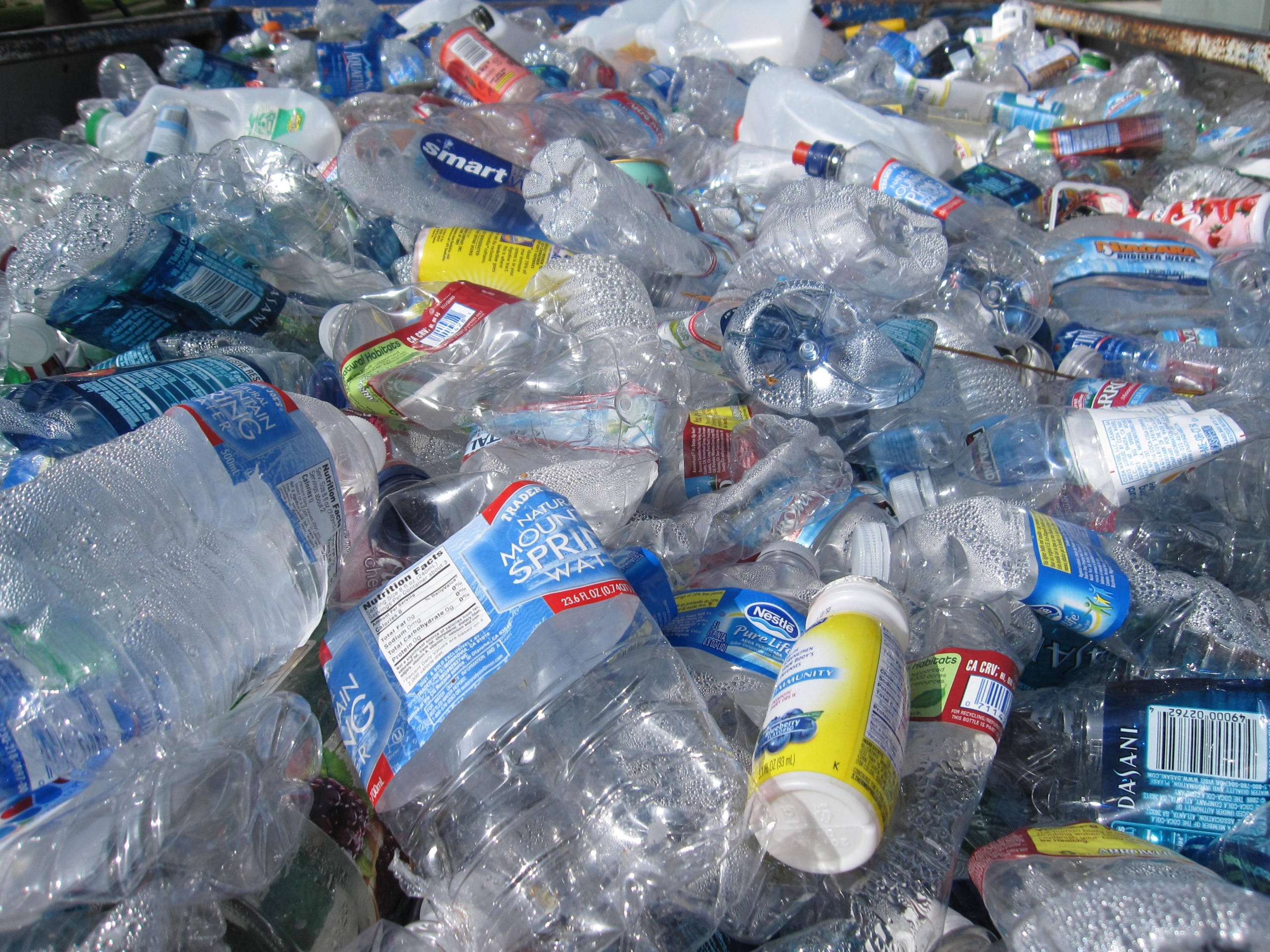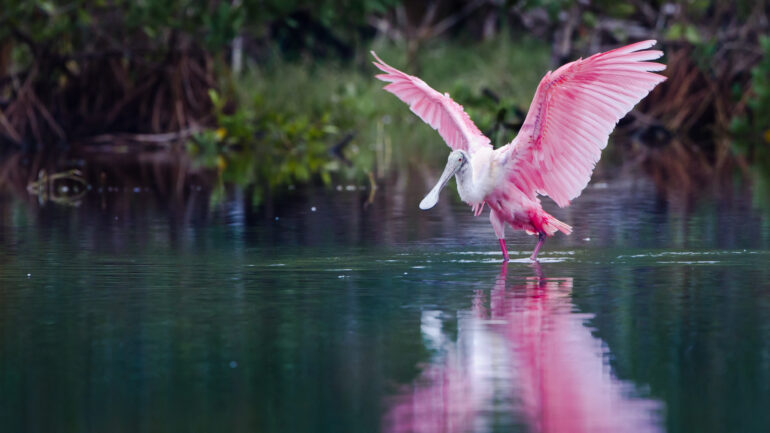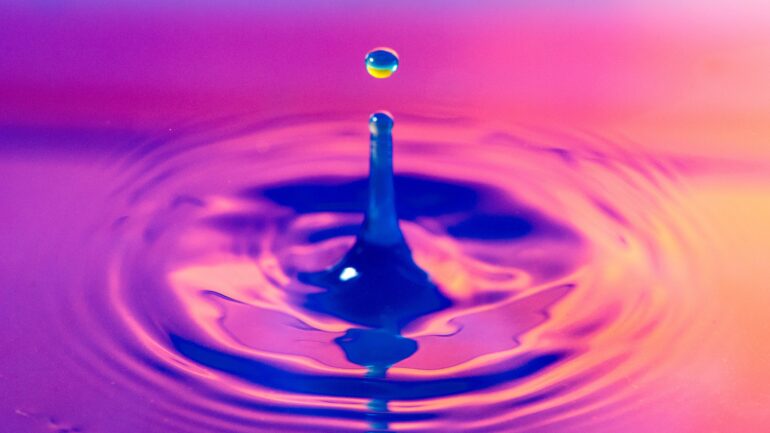By Lauren Hansen, Staff Researcher/Writer at Save the Water™ | November 18, 2021
The Great Pacific Garbage Patch may sound like the name of a scary ocean creature. It’s not – but it actually is something to fear.
At the end of October 2021, a cleanup team reported removing 63,000 pounds of trash from the Great Pacific Garbage Patch. And they’re just getting started.
What is the Great Pacific Garbage Patch?
The Great Pacific Garbage Patch, also known as the Pacific trash vortex, is an area of the Pacific Ocean that consists of an estimated 1.27 to 2.66 million tons of trash and debris. The patch is located between Hawaii and California and is roughly twice the size of Texas (more than 617,000 square miles).
This collection of garbage floats or sinks several meters below the water’s surface. Charles Moore discovered the patch in 1997 when he and his yacht racing crew were sailing from Hawaii to California and noticed “millions of pieces of plastic surrounding their ship.”
Similar trash vortexes exist in the Atlantic and Indian Oceans as well, but the Great Pacific Garbage Patch is the largest.
How did this garbage patch form?
Items that humans dispose of, everything from toothbrushes to toilet seats, end up in the Pacific Ocean from rivers that flow into it. In fact, about 80% of the debris in the Great Pacific Garbage Patch comes from land. The remaining 20% comes from boats and “other marine sources.” Because of its durability and ubiquity in our society, most of the debris in the patch is plastic.
Once in the ocean, debris often gets trapped in a circular current called the North Pacific Tropical Gyre. A gyre is a large system of swirling ocean currents. It’s similar to a flushing toilet bowl, except the debris doesn’t disappear through a pipe. While the center of the gyre is pretty calm, the circular swirl of the gyre attracts garbage into its center. Once the trash gets to the center, it tends to remain there.
Much of the trash floats, but as much as 70% of it sinks to the ocean floor. Non-biodegradable plastic debris breaks down into microplastic. These tiny pieces of plastic cause the ocean water to become murky and soup-like.
How does the Great Pacific Garbage Patch harm the environment?
The plastics that float in the Great Pacific Garbage Patch harm marine wildlife, disrupt their food webs, and pollute the ocean water.
For starters, sea turtles can confuse plastic bags for jellyfish. Also, albatrosses often mistake resin pellets for fish eggs. They try feeding the pellets to their young who then die of starvation or organ failure. Marine mammals often get stuck and drown in plastic items floating in the water.
Floating plastics also interrupt the marine food chain. For example, microplastics block sunlight from reaching plankton and algae. Plankton and algae help to absorb carbon and are a food source for ocean species. If fish can’t eat plankton and algae, then the larger predators also have little to eat. This leads to an overall decline in marine wildlife population.
Plastic in ocean water releases and absorbs pollutants. As photodegradation breaks down the plastic, it releases dyes, chemicals, and other pollutants into the ocean water, such as bisphenol A (BPA). Scientists have linked BPA to environmental and health issues. Plastics also absorb pollutants. While this may seem like a good thing at first glance, animals that eat these plastics retain the pollutants inside their bodies. This can then endanger humans that eat these animals.
Related reading: Out with the Rinse Cycle: Microplastic Water Contamination from Washing Machines
What is being done to remediate the patch?
Before much of the ocean’s plastic breaks down into microplastic, cleanup teams have made efforts to extract as much trash and plastic as possible in phases.
The cleanup team’s latest extraction was a testing phase as part of a bigger effort to clean up the Pacific Ocean more frequently and with more extraction machines. A half-mile wide trash trap named “Jenny” made nine extractions of debris over a 12-week period. Recyclable items from the trash pile have arrived in British Columbia, Canada to be repurposed.
Related reading: The Ugly Truth about “Single-use” Plastics and Their Effect on Our Oceans
How you can take action
There are some steps you can start taking now to help reduce and eventually eliminate the Great Pacific Garbage Patch and other trash vortexes developing in the Atlantic and Indian Oceans:
- Reduce or eliminate use of disposable plastic items
- Donate time or funds to organizations that are dedicated to extracting debris from oceans
- Hold environmentally irresponsible corporations accountable to using biodegradable materials and phasing out plastic use
Read next: Simple Ways You Can Further Reduce Plastic Use In Your Daily Life





